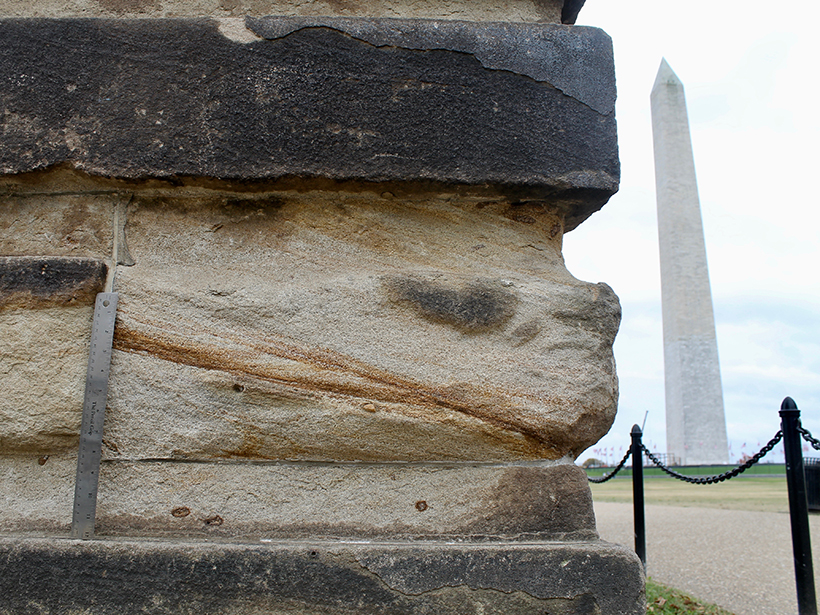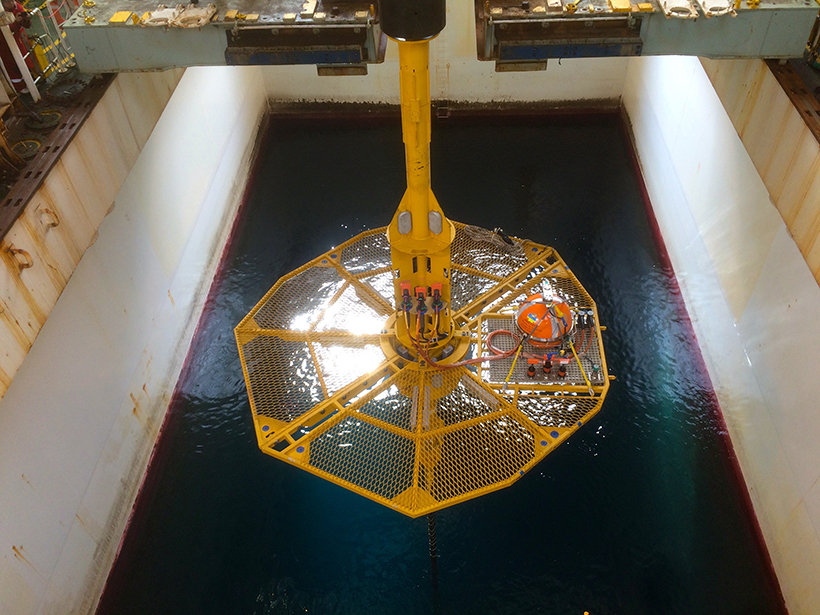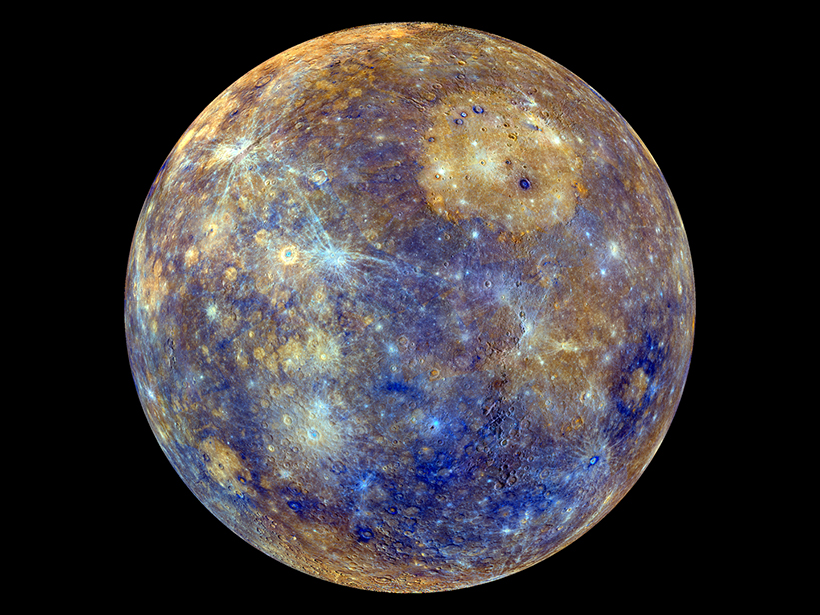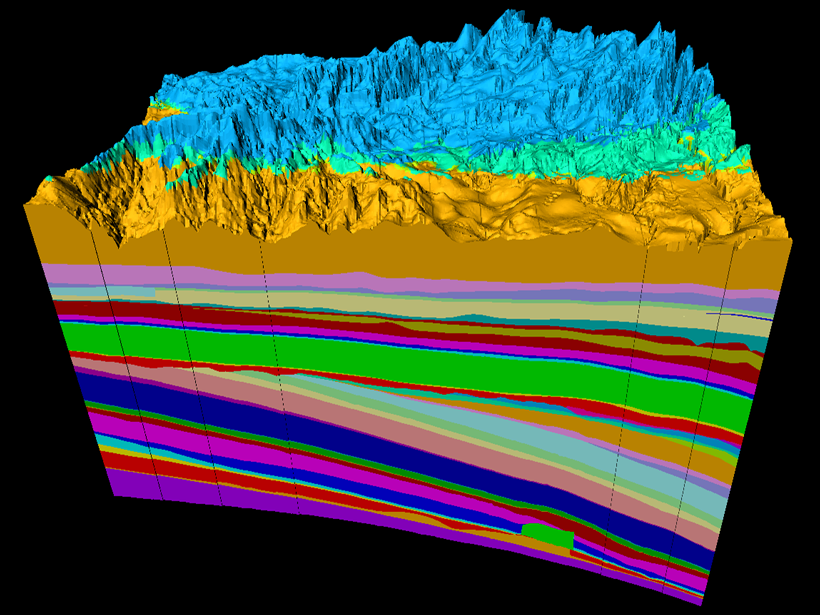Imaging crack propagation in shales using twin optical cameras and fast X-ray radiograph acquisition.
geology
Thermal Signature of Martian River Deposits Suggests Cementation
Are there indications of extended aqueous processes beyond the period of widespread fluvial activity on Mars?
Self-Guided Tour of the Geology in D. C. Buildings
The architecture of the nation’s capital reveals a secret geologic history—take a walking tour to spot the interesting fossils and minerals in the stones used to build the halls of power.
In a Submarine Trough, Permeable Rocks May Lead to Quakes
In Japan’s submarine Nankai Trough, rock permeability is much higher when measured at larger scales, likely because of big fractures and faults that are not captured at small scales.
A More Detailed Look at Earth’s Most Poorly Understood Crust
The second-generation Antarctic Digital Magnetic Anomaly Project offers a powerful new tool for probing the structure and evolution of the southernmost continent’s lithosphere.
Mercury Mission Will Map Morphology and Measure Magnetics
BepiColombo may launch as early as this weekend. It seeks to unravel the mysteries of Mercury’s geologic and magnetic past and map the small planet’s cratered surface.
Geology in 3-D and the Evolving Future of Earth Science
Geologic Mapping Forum; Minneapolis, Minnesota, 26–29 March 2018
Kevin Charles Antony Burke (1929–2018)
Burke, a master geologist, traveled the world to inform his studies on plate tectonics, soil formation, erosion, sedimentology, and a host of other topics, including other planets.
Ursula B. Marvin (1921–2018)
This bold mineralogist and feminist bucked norms that deemed geology unsuited for women. She contributed to meteoritics, science history, and petrology, including the analysis of Apollo Moon rocks.
A Rock Guide to Fireworks
Before a firework was red, it was a strontium salt waiting for its moment.








